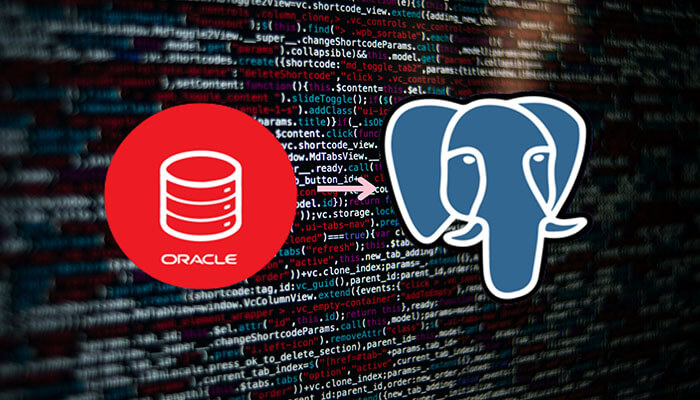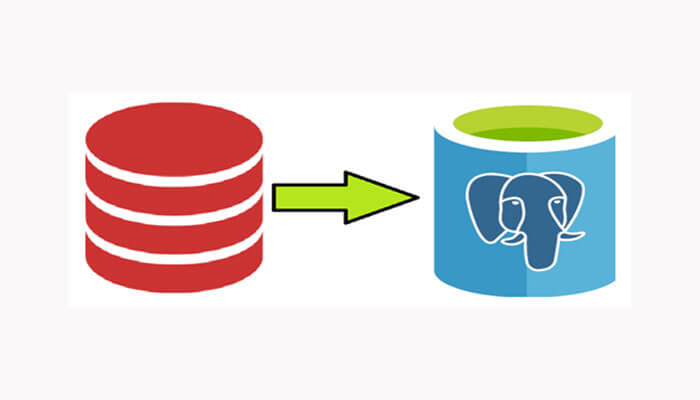For many organizations, the move from Oracle to Postgres is driven by a desire to reduce costs and improve performance. Oracle databases are known for their high costs, both in terms of software licensing fees and the resources required to run them. In contrast, Postgres is an open-source database management system that offers many of the same features as Oracle, but at a much lower cost.
However, making the switch from Oracle to Postgres can be a complex and time-consuming process. It requires careful planning, preparation, and execution to ensure that the migration is successful. In this article, we will explore the key considerations for organizations looking to make the move from Oracle to Postgres, and provide some tips for simplifying the migration journey.
The first step in the Oracle to Postgres migration process is to assess your current Oracle environment. This involves understanding the current architecture, identifying any customizations or modifications, and determining the size and complexity of the database. This information will help you to identify the resources that will be required for the migration, and to estimate the time and effort that will be involved.
Once you have a clear understanding of your current Oracle environment, it is important to plan your migration strategy. This involves determining the best approach for migrating your data, applications, and processes to Postgres. There are several approaches that organizations can take, including direct migration, data replication, or a combination of both.
Direct migration involves copying the data from Oracle to Postgres, and then reconfiguring the applications and processes to use the new database. This approach is typically the simplest and quickest, but it can be time-consuming and requires a high degree of expertise.
Data replication, on the other hand, involves copying the data from Oracle to Postgres in real-time, allowing you to maintain two copies of your data until you are ready to make the switch. This approach is more flexible, as it allows you to test the new database before making the switch.
Regardless of the approach you choose, it is important to thoroughly test your Postgres environment before making the switch. This involves testing the data, applications, and processes in the new environment, and ensuring that everything is working as expected.
Another important consideration when migrating from Oracle to Postgres is the need to update or modify your applications and processes. This is because there may be differences in the way that Postgres handles certain tasks compared to Oracle. For example, there may be differences in the way that Postgres manages transactions, or in the way that it handles indexes and queries.
To simplify the migration journey, it is recommended that you work with a team of experts who have experience in Oracle and Postgres migrations. This team can provide valuable guidance and support throughout the process, and help you to navigate any challenges that arise.
Finally, it is important to have a comprehensive plan in place for managing the migration process, and to have a clear understanding of the timeline and milestones for the migration. This will help you to stay on track, and to ensure that the migration is completed in a timely and efficient manner.
In conclusion, migrating from Oracle to Postgres can be a complex and time-consuming process, but it can also be a valuable opportunity for organizations to reduce costs and improve performance. By carefully assessing your current environment, planning your migration strategy, testing the new environment, updating your applications and processes, working with experts, and having a comprehensive plan in place, you can simplify the migration journey and achieve a successful outcome.
When migrating from Oracle to Postgres, it is important to keep in mind the differences between the two databases. For example, Oracle has advanced features such as multi-version concurrency control (MVCC) and data guard, which may not be available in Postgres. On the other hand, Postgres has features such as native JSON support, which can simplify the handling of unstructured data.
To ensure a successful migration, it is also essential to consider the impact on your existing applications and processes. This means that you need to assess how your applications interact with the database, and determine what changes will be required to support the move to Postgres. For example, you may need to modify SQL scripts or stored procedures, or update application code to handle the differences in database functionality.
In addition to considering the impact on applications, it is also important to consider the impact on your infrastructure. For example, you may need to update hardware, such as adding more memory or upgrading storage, to support the increased demands of the new database. Additionally, you may need to modify your network infrastructure, such as updating firewalls or load balancers, to support the new database.
Once you have completed the migration, it is important to monitor the performance of the new database to ensure that it is meeting your expectations. This involves monitoring key metrics, such as response time, CPU utilization, and memory usage, to ensure that the database is performing as expected. Additionally, it is important to implement a robust backup and disaster recovery plan, which will help you to protect your data and minimize the risk of data loss.
In summary, migrating from Oracle to Postgres is a complex process that requires careful planning, preparation, and execution. By considering the differences between the two databases, the impact on your existing applications and processes, and the impact on your infrastructure, you can simplify the migration journey and achieve a successful outcome. By monitoring performance and implementing a backup and disaster recovery plan, you can ensure that your new database is reliable and secure.



